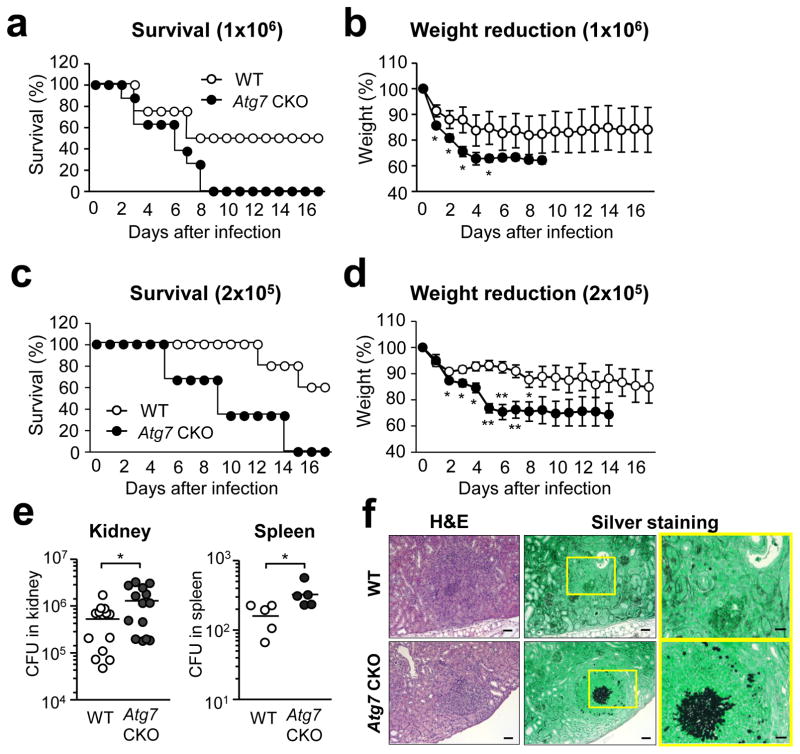Figure 1. Absence of ATG7 in myeloid cells decreases host resistance against Candida infection.
(a–d) Atg7fl/flLysMcre/+ (Atg7 CKO)(n=9) and LysMcre/+ (WT)(n=12) mice were systemically infected by i.v. injection of C. albicans. Mouse survival (a, c) and weight (b, d) were monitored. Innocula of Candida were 106 spores/mouse to Atg7 CKO (n=9) and WT (n=12)(a, b), and 2×105 spores/mouse to Atg7 CKO (n=12) and WT(n=10)(c, d). (e) Fungal burdens in the kidney and the spleen of Atg7 CKO and WT mice 3 days after 106 C. albicans i.v. injection. One circle denotes a result from one mouse. (f) H&E and silver staining of sections from kidneys of WT and Atg7 CKO mice 3 days after 106 C. albicans i.v. injection. Candida is stained with black in silver staining. Magnified views of the panels in the middle (yellow rectangles) are shown on the right. Scale bars in the left and middle panels indicate 200 μm; and scale bars in the panels on the right indicate 60 μm. Data are representative of independent two experiments. Error bars represent mean ± SD. Student’s t-test was used for statistical analysis. *; p < 0.05, **; p <0.01.

